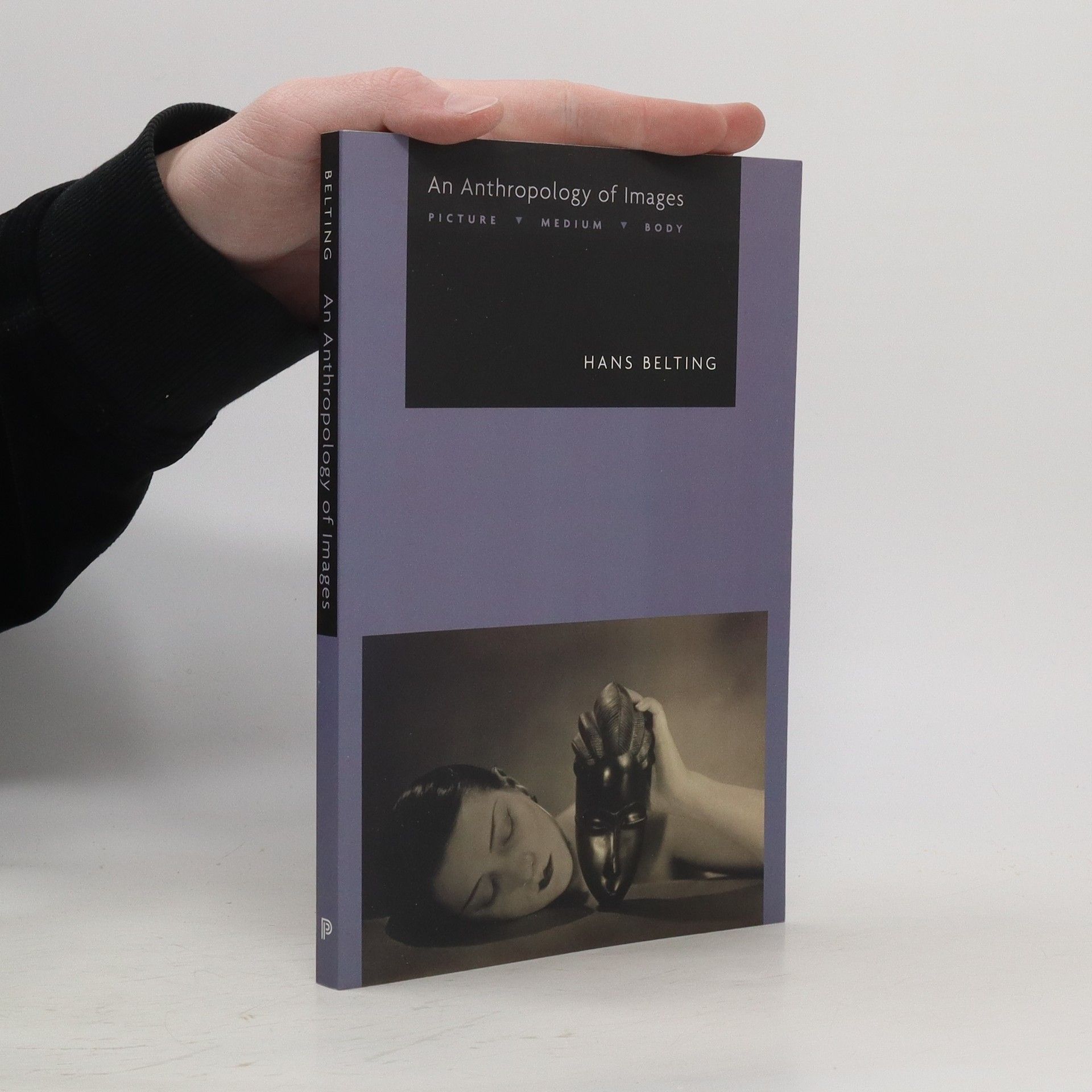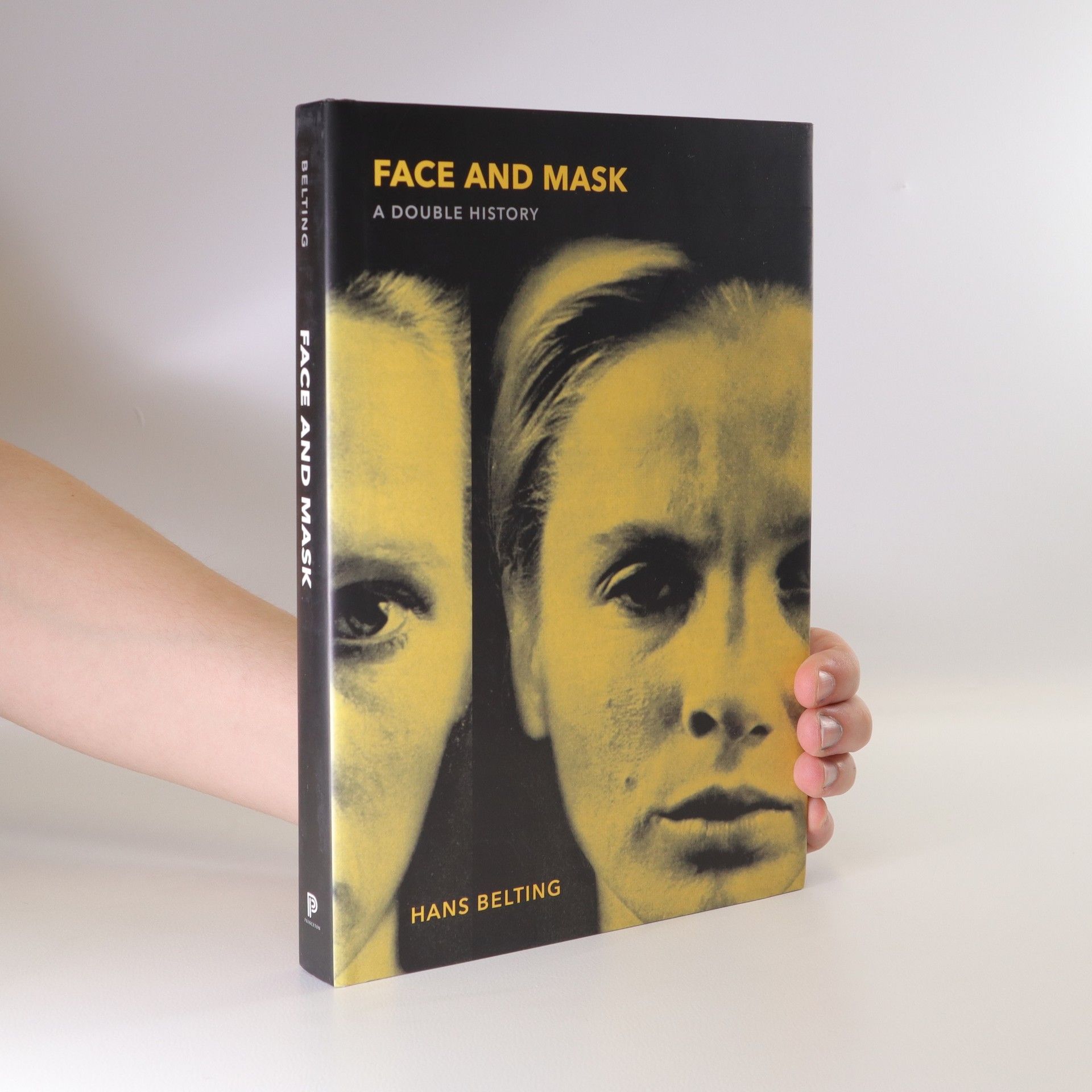Según la interpretación que Hans Belting ofrece del tríptico El jardín de las delicias de El Bosco, ésta no es una obra secretamente herética, ni representa una concepción personal de los dogmas de la Iglesia, ni es una singular y opulenta ilustración del relato bíblico de la Creación; según él, no se trata sino de la pintura de una utopía, que sólo pudo brotar del «espíritu de la época» y que es necesario relacionar con las teorías humanistas de Tomás Moro y Willibald Pirckheimer.
Hans Belting Libros
Hans Belting es un historiador y teórico del arte alemán cuyo trabajo abarca el arte medieval, renacentista y contemporáneo. Es conocido por sus contribuciones a la teoría de la imagen, explorando la compleja relación entre el arte, la cultura y la percepción. La erudición de Belting profundiza en los fundamentos teóricos de la representación visual y su impacto en nuestra comprensión del mundo.







Florencia y Bagdad
- 272 páginas
- 10 horas de lectura
La perspectiva fue una de las invenciones más importantes del Renacimiento. Con ella, el arte occidental experimentó el mayor viraje de toda su historia. La imagen en perspectiva es hoy omnipresente y ha sido exportada al mundo entero. Pero su dominio nos hace olvidar que en modo alguno reproduce nuestra visión natural. El mundo islámico conoce una mirada completamente distinta, que se expresa claramente en su arte. A diferencia de la imagen occidental, el arte islámico no está ligado a ninguna posición personal en el mundo y trata de aproximarse a algo que es en sí irrepresentable. La invención occidental de la imagen en perspectiva se debe, sin embargo, a un descubrimiento hecho en el mundo árabe ya en el siglo XI. Inmerso en una cultura sin imágenes, el matemático Alhacén concibió una teoría de la percepción que creó las condiciones que hicieron posible la perspectiva pictórica occidental. Belting explica en qué se distinguen Occidente y Oriente en su relación con las imágenes, aunque una vez partieran ambos de la misma teoría. Pues en vez de reproducir el mundo, el arte árabe tuvo por tema la luz y su geometría.
Face and Mask
- 270 páginas
- 10 horas de lectura
Face and Mask: Changing Views -- Portrait and Mask: the Face as Representation -- Media and Masks: the Production of Faces
Before the Renaissance and Reformation, holy images were treated not as "art" but as objects of veneration which possessed the tangible presence of the Holy. In this magisterial book, Hans Belting traces the long history of the sacral image and its changing role in European culture. Likeness and Presence looks at the beliefs, superstitions, hopes, and fears that come into play as people handle and respond to sacred images, and presents a compelling interpretation of the place of the image in Western history. "A rarity within its genre—an art-historical analysis of iconography which is itself iconoclastic. . . . One of the most intellectually exciting and historically grounded interpretations of Christian iconography." —Graham Howes, Times Literary Supplement "Likeness and Presence offers the best source to survey the facts of what European Christians put in their churches. . . . An impressively detailed contextual analysis of medieval objects." —Robin Cormack, New York Times Book Review "I cannot begin to describe the richness or the imaginative grandeur of Hans Belting's book. . . . It is a work that anyone interested in art, or in the history of thought about art, should regard as urgent reading. It is a tremendous achievement."—Arthur C. Danto, New Republic
The invisible masterpiece
- 384 páginas
- 14 horas de lectura
"The Invisible Masterpiece is a history of the modern work of art, from its emergence c.1800 through to the 1960s. Before 1800, art-works were either imitative (portraits, landscapes) or narrative (history painting), but under the impact of Romantic modernity the physical object - a painted canvas, say, or a sculpture - was reinterpreted in a novel way. Now the work of art was visible testimony to the artist's attempt to achieve the impossible - absolute or ultimate art. The 'invisible masterpiece', then, is an unattainable ideal, an ideal that has both bewitched and bewildered artists." "The Invisible Masterpiece is an unusual reconstruction of the history of the work of art since 1800, in which Hans Belting explores and explains the dreams and fears, the triumphs and failures of modernity's painters and sculptors."--Jacket
An Anthropology of Images
- 216 páginas
- 8 horas de lectura
"In this groundbreaking book, renowned art historian Hans Belting proposes a new anthropological theory for interpreting human picture making. Rather than focus exclusively on pictures as they are embodied in various media such as painting, sculpture, or photography, he links pictures to our mental images and therefore, our bodies.: -- Back cover
Looking through Duchamp's door
- 192 páginas
- 7 horas de lectura
In this new book by Hans Belting, three monographic essays are united by one common problematic—the need for perspective after the end of perspective in modern art. Hans Belting not only opens up new ways of looking at the works of Marcel Duchamp, Hiroshi Sugimoto and Jeff Wall, but also deals with the concept of perspective in their work. The door that Marcel Duchamp installed in Philadelphia is a metaphor for a brilliant strategy that redirects the worn out view of perspective back to ones self. Hiroshi Sugimoto and Jeff Wall, two protagonists of photography in contemporary art, both looked through this door as they became artists and have both referenced Duchamp time and again. Belting’s analysis and surprising discoveries also open up a new way of looking at Duchamp—a lifelong experiment, in which art, in the name of perspective, is freely negotiated with the viewer. It was a bout of seasickness on a trip to Buenos Aires that gave Duchamp the impulse for his highly original reflection on horizon, perspective and gravity. Hans Belting’s very knowledgeable and coherent reasoning makes for a highly captivating book, embellished with 79 illustrations to help lead the reader through the pictorial art of perspective.
Max Beckmann
- 135 páginas
- 5 horas de lectura
An interpretation of "The Garden of Earthly Delights", the luminous triptych by the Dutch painter Hieronymus Bosch, which places Bosch's vision squarely in the context of his times.
Art History after Modernism
- 248 páginas
- 9 horas de lectura
In this title, Belting examines how art is made, viewed, and interpreted today. Arguing that contemporary art has burst out of the frame that art history had built for it, Belting calls for an entirely new approach to thinking and writing about art. schovat popis